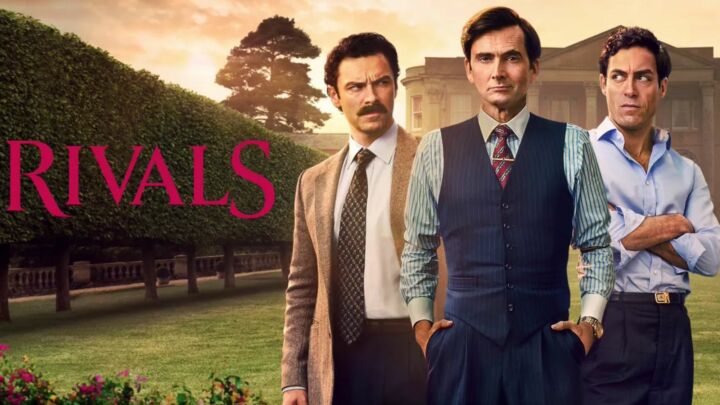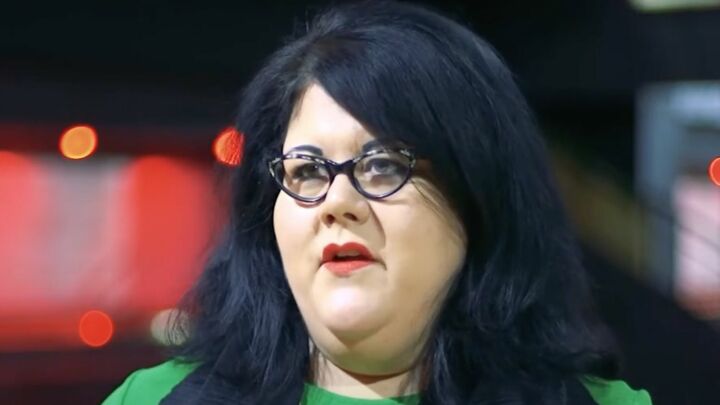The value of museums
The director of the UK Art Fund calls on the government to refocus its priorities and restore museum acquisition funds.

Want to read spiked ad-free? Become a spiked supporter.
The National Art Collections Fund (Art Fund) – an independent art charity – celebrates its hundredth birthday next year.
Since 1903, we have helped hundreds of museums, large and small, add more than 450,000 works of art to their collections. Always heavily dependent on our help, museums are increasingly reliant on us to find the money to buy anything new. But although our grant-giving capacity has grown dramatically in recent years – in line with our expanding membership – the future of museum collecting is looking pretty bleak.
The UK has a long and noble tradition of supporting museums out of public funds. But over the past decade most museums have been suffering from a sustained decline in the real value of the state funding they receive. Not surprisingly, when the roof starts to leak and staff are being laid off, expending scarce resources in the struggle to add to collections takes a low priority.
Even the national museums, which are funded by the Department for Culture, Media and Sport (DCMS), are facing grave problems. The Art Newspaper recently revealed that the National Gallery and the Tate will not be spending any of their grant-in-aid on acquisitions this year, and the British Museum’s 10 collecting departments have just £100,000 to spend between them (1).
Bearing in mind that the prices of museum quality works of art have risen much faster than inflation, the purchasing power of our great national museums appears to have dropped by a factor of almost 30 over the past 20 years.
To make matters worse, the National Heritage Memorial Fund – set up and funded by the government to act as a safety net for threatened parts of the natural and man-made heritage – has just spent most of its endowment on the purchase of a Victorian country house, Tyntesfield, for the National Trust. Its annual grant has been reduced to £5million (compared to £12million in 1993, just before the launch of the National Lottery), and there is serious concern that this figure may soon be cut. While the Heritage Lottery Fund has often been a generous supporter of museum acquisitions, it has many other competing priorities.
Lurking in the background is the familiar question of whether museum collections need to grow. It is true that there are many works that are seldom (if ever) displayed, and that more effort needs to be devoted to improving public access to them. But this certainly does not mean that no more purchases need to be made.
Each day, objects are being made or discovered that richly deserve to be preserved for posterity and put on public display. This is why we have museums. We have heard many speeches from government ministers about the importance of access, education and social inclusion. But none of these would be possible without the maintenance and development of first-class collections.
Ministers should now acknowledge the central importance of acquisitions to the continued health and vitality of our museums, and provide the money museums need to restore their purchasing power to adequate levels. Future generations will not forgive them if they fail to respond to this urgent challenge.
David Barrie is director of the National Art Collections Fund.
Read on:
spiked-issue: Museums and galleries
(1) Art Newspaper, July-August 2002
Celebrate 25 years of spiked!
A media ecosystem dominated by a handful of billionaire owners, bad actors spreading disinformation online and the rich and powerful trying to stop us publishing stories. But we have you on our side. help to fund our journalism and those who choose All-access digital enjoy exclusive extras:
- Unlimited articles in our app and ad-free reading on all devices
- Exclusive newsletter and far fewer asks for support
- Full access to the Guardian Feast app
If you can, please support us on a monthly basis and make a big impact in support of open, independent journalism. Thank you.






Comments
Want to join the conversation?
Only spiked supporters and patrons, who donate regularly to us, can comment on our articles.